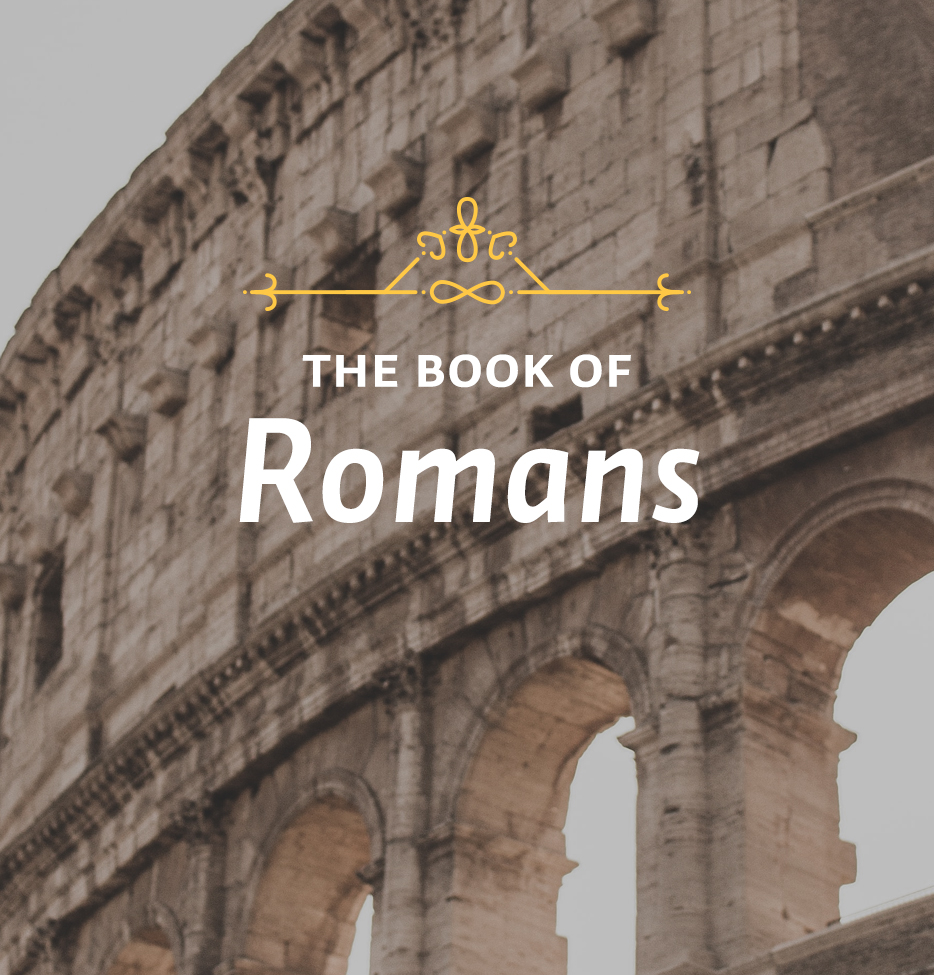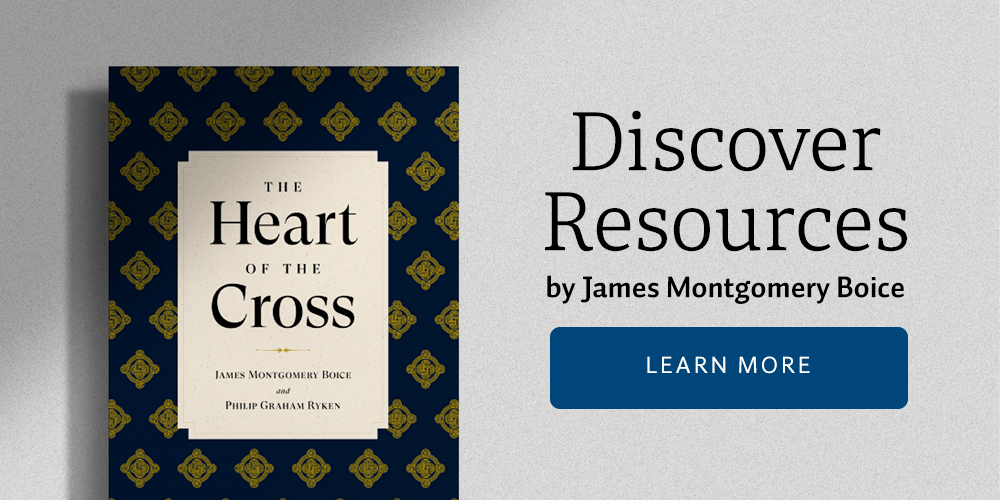Theme: Union with Christ
This week’s lessons discuss the important benefits that come to every Christian because of their justification given by Jesus Christ.
Scripture: Romans 5:2
Yesterday we looked at the first benefit of our justification, which is peace with God. We also began to look at the second benefit, which is our union with Christ. We saw that this doctrine, found in the teaching of the apostles, goes back to Jesus himself. Let me list a few analogies the Bible uses to describe this union.
The vine and the branches. Jesus said, “I am the true vine…. Remain in me, and I will remain in you. No branch can bear fruit by itself; it must remain in the vine. Neither can you bear fruit unless you remain in me. I am the vine; you are the branches. If a man remains in me and I in him, he will bear much fruit; apart from me you can do nothing” (John 15:1, 4, 5). The emphasis in these verses is upon the nourishing power of Christ working itself out through his disciples. Paul builds on this image when he speaks of the fruit of the Spirit in Galatians.
The Lord’s Supper. On the same evening that Jesus spoke about himself as the vine and his disciples as the branches, he gave instructions for observing the Lord’s Supper, saying, “This is my body” and “This is my blood of the covenant” (Matt. 26:26, 28). The elements symbolize our participation in the life of Christ. In the same way Jesus discoursed on the bread of life, saying, “I am the bread of life. He who comes to me will never go hungry, and he who believes in me will never be thirsty” (John 6:35). He also challenged the woman of Samaria with the words, “Everyone who drinks this water will be thirsty again, but whoever drinks the water I give him will never thirst. Indeed, the water I give him will become in him a spring of water welling up to everlasting life” (John 4:13, 14). The emphasis in this image is on our becoming so closely joined to Jesus that he is as much a part of us as something we eat.
A foundation and the structure built upon it. Jesus introduced this image when he spoke of himself as the right foundation for building a life: “Everyone who hears these words of mine and puts them into practice is like a wise man who built his house on the rock. The rain came down, the streams rose, and the winds blew and beat against that house; yet it did not fall, because it had its foundation on the rock” (Matt 7:24, 25).
Paul added to this image when told the Christians at Corinth, “You are…God’s building…. No one can lay any foundation other than the one already laid, which is Jesus Christ” (1 Cor. 3:9, 11), and when he wrote to the Ephesians, “You are no longer foreigners and aliens, but fellow citizens with God’s people and members of God’s household, built on the foundation of the apostles and prophets, with Christ Jesus himself as the chief cornerstone” (Eph. 2:20). In the next verse the building becomes a temple: “In him the whole building is joined together and rises to become a holy temple in the Lord” (v. 21). It is only because we are “in Christ” that this is possible. This image shows that, being joined to Christ, we are at the same time also joined to one another. We are part of the church.
The head and members of the body. This was one of Paul’s favorite images. “God placed all things under his [Christ’s] feet and appointed him to be head over everything for the church, which is his body, the fullness of him who fills everything in every way” (Eph. 1:22, 23). Again, “He…gave some to be apostles, some to be prophets, some to be evangelists, and some to be pastors and teachers, to prepare God’s people for works of service, so that the body of Christ may be built up….Then we will no longer be infants, tossed back and forth by the waves, and blown here and thereby every wind of teaching and by the cunning and craftiness of men in their deceitful scheming. Instead, speaking the truth in love, we will in all things grow up into him who is the head, that is, Christ. From him the whole body, joined and held together by every supporting ligament, grows and builds itself up in love, as each part does its work” (Eph.4:11, 12, 14-16).
In these verses the emphasis is upon two things: growth, and the proper functioning of the church under Christ’s direction. In 1 Corinthians Paul uses this image to show that each individual Christian is needed if the church is to function properly (cf. 1 Cor. 12:12-27).
Marriage. The greatest of all illustrations of the union of the believer with Christ, and of Christ with the believer, is marriage. It is found in the Old Testament, in Hosea, for example, where God compares himself to the faithful husband who is deserted by Israel, the unfaithful wife. Jesus used it when speaking of a marriage supper to which guests are invited (Matt 22:1-14). Paul develops it in what is probably the best known passage from Ephesians, mixing it with the image of the church as Christ’s body: “Wives, submit to your husbands as to the Lord. For the husband is the head of the wife as Christ is the head of the church, his body, of which he is the Savior. Now as the church submits to Christ, so also wives should submit to their husbands in everything…. Husbands, love your wives, just as Christ loved the church and gave himself up for her to make her holy, cleansing her by the washing with water through the word, and to present her to himself as a radiant church, without stain or wrinkle or any other blemish, but holy and blameless. In this same way, husbands ought to love their wives as their own bodies. This is a profound mystery—but I am talking about Christ and the church (Eph. 5:22-28, 32).
In this doctrine we are dealing with our security in Christ. But the question we must ask ourselves is: Am I really in Christ? Am I a Christian?
How can you know? Use the marriage illustration. Ask yourself: Am I married to Jesus? If you have taken the vow, promising to “take Jesus to be your loving and faithful Savior, in plenty and in want, in joy and in sorrow, in sickness and in health, for this life and for eternity,” and if you are living for him, you are. God has solemnized the marriage, and what God has joined together no one will ever put asunder.
Study Questions:
Review each of the analogies concerning a Christian’s union with Christ. How does each one contribute to our understanding of this important doctrine?
How does the marriage illustration help to provide assurance of salvation? How does it help us to guard against a false assurance?
Application: If someone were to ask you what union with Christ is, how would you try to explain it to them?
For Further Study: To hear a related message by Dr. Boice you may download “Standing on Level Ground” for free. (The discount will be applied at checkout)






